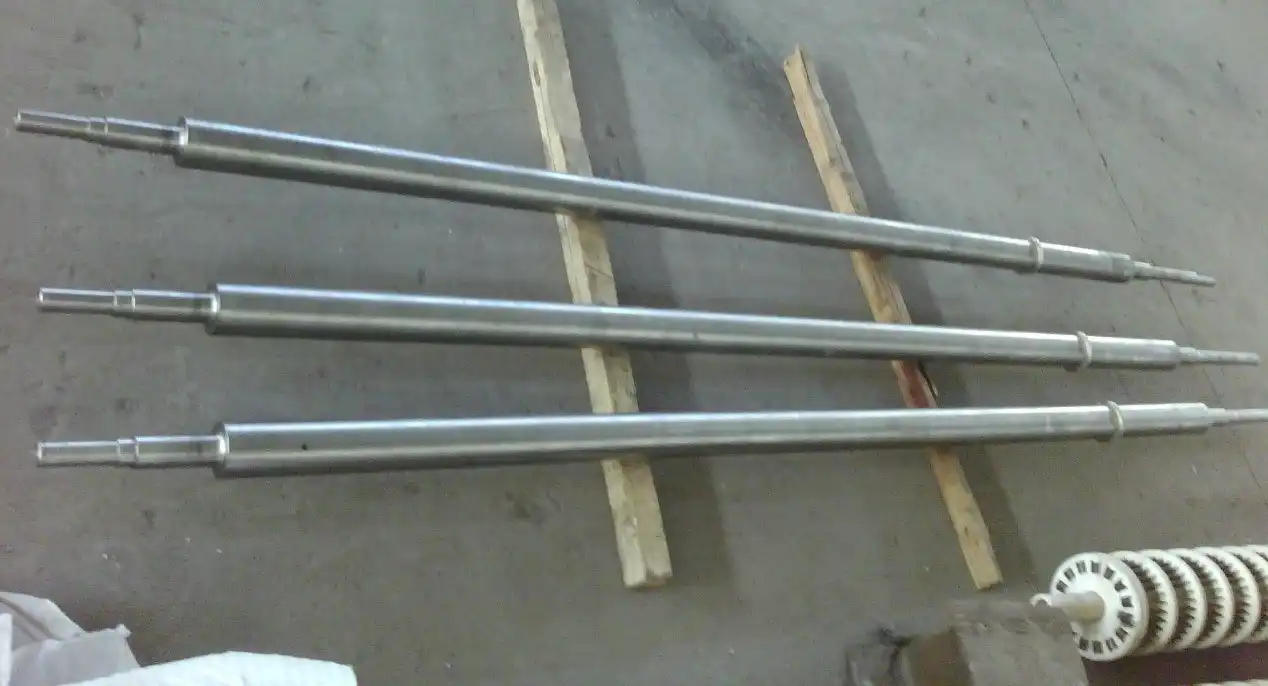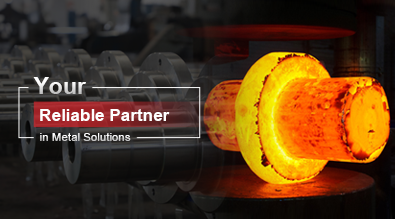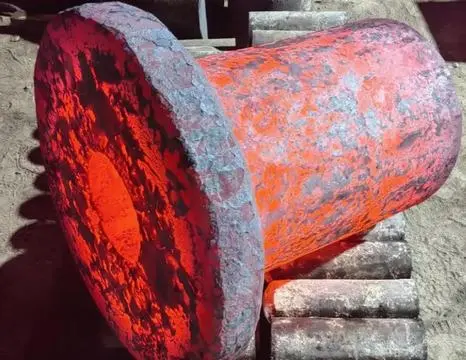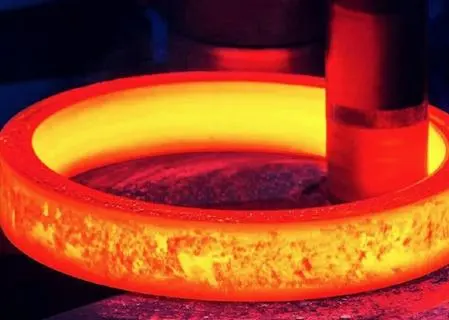Mechanical Limitations of Standard Rolls in High-Temperature Furnaces
Thermal Expansion and Distortion
One of the most significant mechanical limitations of standard rolls in high-temperature furnaces is thermal expansion and distortion. As the temperature rises, the metal components of the rolls expand, leading to changes in their dimensions and shape. This expansion can cause misalignment, affecting the roll's ability to maintain proper contact with the materials being processed. In extreme cases, severe distortion can result in permanent deformation of the roll, rendering it unusable and requiring costly replacements.
Reduced Strength and Stiffness
High temperatures have a detrimental effect on the strength and stiffness of standard roll materials. As the temperature increases, the yield strength and elastic modulus of most metals decrease, making the rolls more susceptible to deformation under load. This reduction in mechanical properties can lead to sagging, bending, or even catastrophic failure of the rolls during operation. The compromised structural integrity not only affects the quality of the processed materials but also poses safety risks in the furnace environment.
Thermal Fatigue and Cracking
Repeated heating and cooling cycles in high-temperature furnace rolls subject standard rolls to thermal fatigue. The cyclic thermal stresses induced by temperature fluctuations can cause the formation and propagation of cracks in the roll material. These cracks may initiate at the surface or within the roll body, gradually growing and potentially leading to sudden failure. Thermal fatigue-induced cracking significantly reduces the service life of standard rolls and increases the risk of unexpected breakdowns during furnace operation.
Material-Related Challenges for Standard Rolls in Extreme Heat
Oxidation and Corrosion
Standard roll materials often struggle to withstand the aggressive oxidizing and corrosive environments present in high-temperature furnaces. The elevated temperatures accelerate oxidation reactions, leading to the formation of oxide scales on the roll surface. These scales can flake off, contaminating the processed materials and reducing the roll's dimensional accuracy. Furthermore, certain furnace atmospheres may contain corrosive gases or molten salts that attack the roll material, causing pitting, intergranular corrosion, or other forms of material degradation.
Phase Transformations and Microstructural Changes
Exposure to extreme temperatures can trigger phase transformations and microstructural changes in standard roll materials. These alterations can significantly impact the mechanical and physical properties of the rolls. For instance, some alloys may experience grain growth or precipitation of secondary phases, leading to embrittlement or loss of creep resistance. The instability of the material's microstructure at high temperatures limits the performance and longevity of standard rolls in these demanding applications.
Thermal Conductivity and Heat Dissipation
The thermal conductivity of standard roll materials often becomes a limiting factor in high-temperature furnace rolls. Inadequate heat dissipation can lead to localized hot spots or thermal gradients within the roll body. These temperature differentials induce thermal stresses and can cause warping or cracking of the roll. Moreover, poor thermal conductivity may result in inconsistent heat transfer to the processed materials, affecting the uniformity and quality of the heat treatment process.
Operational Constraints of Standard Rolls in High-Temperature Furnaces
Limited Temperature Range
Standard rolls typically have a restricted temperature range in which they can operate effectively. Beyond this range, their performance rapidly deteriorates, and the risk of failure increases significantly. This limitation constrains the flexibility of furnace operations, as certain high-temperature processes may be unattainable using standard rolls. The need to operate within a narrow temperature window can also impact productivity and energy efficiency, as furnaces may need to be operated at suboptimal temperatures to accommodate the limitations of standard rolls.
Reduced Service Life and Increased Maintenance
The harsh conditions in high-temperature furnaces substantially shorten the service life of standard rolls. The accelerated wear, oxidation, and thermal degradation necessitate more frequent roll replacements, increasing operational costs and downtime. Additionally, standard rolls often require more intensive maintenance, such as regular inspections, surface treatments, or repairs, to mitigate the effects of high-temperature exposure. These maintenance requirements can disrupt production schedules and impact overall furnace rolls efficiency.
Quality Control Challenges
Maintaining consistent product quality becomes increasingly challenging when using standard rolls in high-temperature furnaces. The dimensional instability, surface degradation, and potential material contamination associated with standard rolls can lead to variations in the processed materials' properties. These quality control issues may necessitate additional post-processing steps or result in increased rejection rates, ultimately affecting production yield and customer satisfaction.
In conclusion, the limitations of using standard rolls in high-temperature furnaces underscore the need for specialized materials and designs tailored to withstand extreme conditions. While standard rolls may suffice for lower temperature applications, their use in high-temperature environments often leads to compromised performance, increased maintenance costs, and potential safety risks. To overcome these challenges, industries relying on high-temperature furnaces should consider investing in advanced roll technologies specifically engineered for extreme heat resistance and longevity. For more information on high-performance furnace rolls and customized solutions for challenging industrial applications, please contact us at info@welongpost.com.




